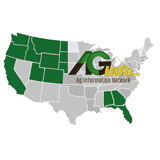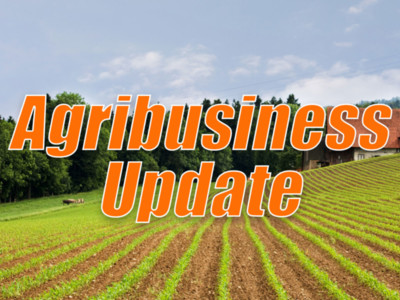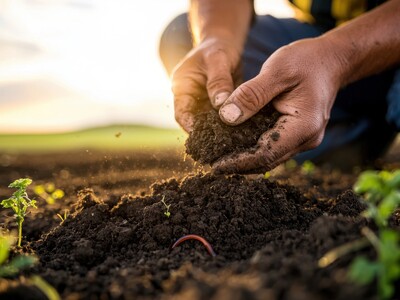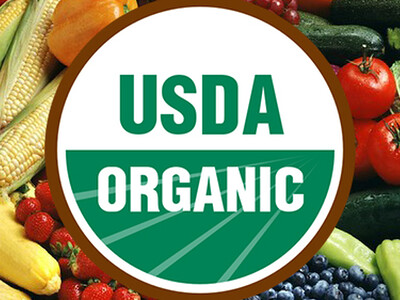Disease Super Locus

Tim Hammerich
News Reporter
Developing better genetics for farmers to plant is a long and tedious process. Take disease tolerance, for example. Accessing the plants natural defenses to major diseases requires genes that are spread out across very diverse germ plasm. But this is an area gene editing could help, says Sam Eathington, executive vice president and chief technical and digital officer at Corteva Agriscience. They have developed a disease super locus that uses no foreign DNA so it’s not a GMO, that can help breeders build tolerance into new seed products while focusing their time on other attributes farmers care about.
Eathington… “ It was just very easy to go in there and basically cut the gene out and put it into your elite germ plasm in the US. And so when we did that, we said, well, let's put 'em all in the same spot. That's why we call it a super locus. And did that. And what we're seeing is that it works and they perform the way they're supposed to. They give resistance. They segregate right. They didn't change anything else. And so it makes it really simple and easy for our plant breeders to select for that one gene. Improve disease tolerance for a whole bunch of diseases at once, and then they can keep working on all the other traits. How much more yield can they get? Standability and maturity and green quality, etc.”
For more information subscribe to the Agriscience Explained podcast.












